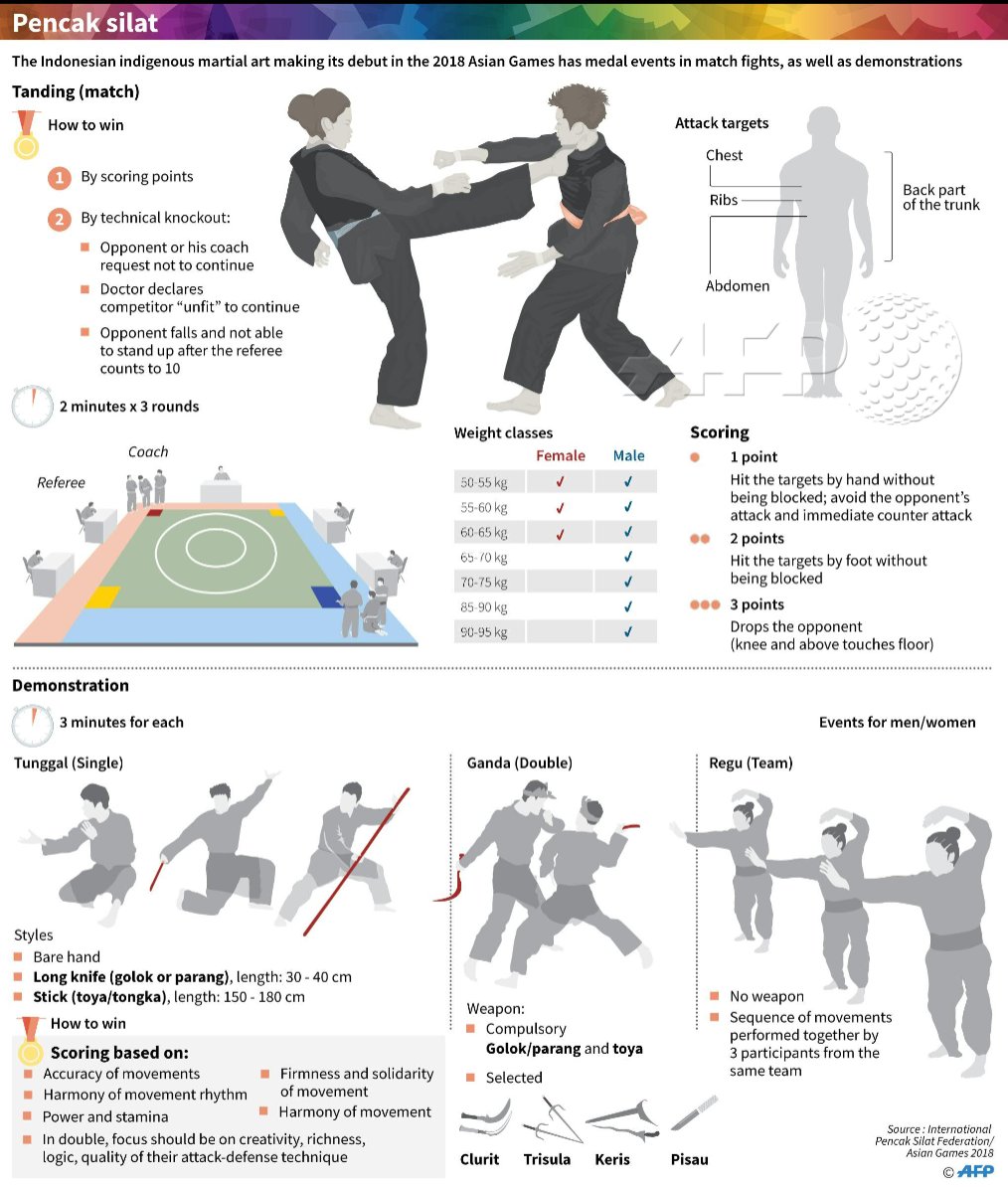The History And Evolution Of Martial Arts: From Its Old Origins To The Techniques Practiced Today
The History And Evolution Of Martial Arts: From Its Old Origins To The Techniques Practiced Today
Blog Article
Material Composed By-Borup Ayers
Enter the world of martial arts, where ancient origins and modern-day techniques collide in a thrilling journey of self-control and self-discovery.
As you delve into the background and evolution of this fascinating art type, prepare to be astounded by the cultural influences, technical advancements, and extensive philosophy that have actually formed it over centuries.
From the battlefields of ancient human beings to the training grounds of today, martial arts have actually stood the test of time, frequently adapting and growing.
https://www.phillytrib.com/news/local_news/voters-choose-criminal-justice-reformer-with-plenty-of-attitude/article_c37cb370-1eb8-5ae6-8ad1-2348182e0417.html , each motion, carries with it the weight of plenty of years of custom and wisdom, gave with generations. This is a tale of resilience, of warriors that looked for not only physical prowess, but additionally self-confidence and harmony.
Join us on this exceptional exploration as we discover the keys, the legends, and the transformational power of martial arts.
Get ready to be motivated, challenged, and for life changed by the background and development of martial arts.
Social Impacts on Martial Arts
As you check out the background and evolution of martial arts, you'll quickly find the fascinating ways in which cultural influences have formed these battle techniques.
From the ancient human beings of China and India to the much more recent growths in Japan and Brazil, martial arts have been heavily influenced by the cultures in which they came from.
As an example, Chinese martial arts, such as Kung Fu and Tai Chi, are deeply rooted in the approach of Taoism and the concept of Yin and Yang.
On the other hand, Japanese martial arts, like Karate and Judo, reflect the samurai warrior traditions and the worths of discipline and honor.
Likewise, Brazilian fighting style, Capoeira, incorporates aspects of African dancing and music, mirroring the cultural heritage of African slaves in Brazil.
These cultural affects not just give each martial art its distinct attributes however also provide a deeper understanding of the historical and social contexts in which they developed.
Technological Developments and Martial Arts
With the surge of innovative weaponry and ingenious training tools, you've had the ability to improve your skills and adapt to the ever-changing fight landscape.
Technical developments have actually transformed the way martial arts are practiced and shown. Virtual reality simulations now allow you to train in practical fight situations without the threat of physical damage. High-speed electronic cameras capture every relocation, allowing you to evaluate and best your methods. Wearable devices check your heart rate, breathing, and muscle mass activation, giving instant feedback on your efficiency.
In addition, the advancement of specialized tools, such as resistance bands and dexterity ladders, has enabled you to boost your speed, toughness, and agility. These technical improvements have not only made training a lot more reliable however have actually additionally pushed the limits of what is feasible in martial arts, allowing you to get to new heights in your technique.
The Viewpoint and Principles of Martial Arts
The philosophy and concepts of martial arts are deeply rooted fit your mindset and instilling discipline, focus, and regard in your method.
1. Way of thinking: Martial Arts teaches you to create a strong and durable mindset. It allows you to get over obstacles both on and off the mat, pressing your limits and persisting when faced with hardship.
2. Self-control: Martial Arts needs self-control and self-constraint. Via normal training and adherence to rigorous policies and strategies, you find out to manage your impulses and establish a solid job values.
3. Focus: Martial Arts calls for extreme focus and focus. By training your mind to be present in the moment, you boost your capacity to react promptly and effectively during battle circumstances.
4. Regard: Martial Arts emphasizes respect for oneself, trainers, educating partners, and challengers. It shows you to value the abilities and experiences of others, fostering a sense of camaraderie and sportsmanship.
Final thought
Congratulations on finishing your trip with the exciting globe of martial arts! Throughout this expedition, you have witnessed the rich history and amazing evolution of these combat methods.
From their old origins to the modern-day methods we see today, martial arts have actually been shaped by cultural impacts.
oui lawyers of innovation has additionally played a substantial function in transforming the method martial arts are educated and exercised in the present day.
Nonetheless, it is very important to remember that martial arts are more than just physical combat. They encompass profound approaches and directing principles that go beyond the plain act of fighting.
Take a moment to assess this obsolete adventure and appreciate just how the heritage of martial arts continues to grow in the present, going beyond time and limits.
